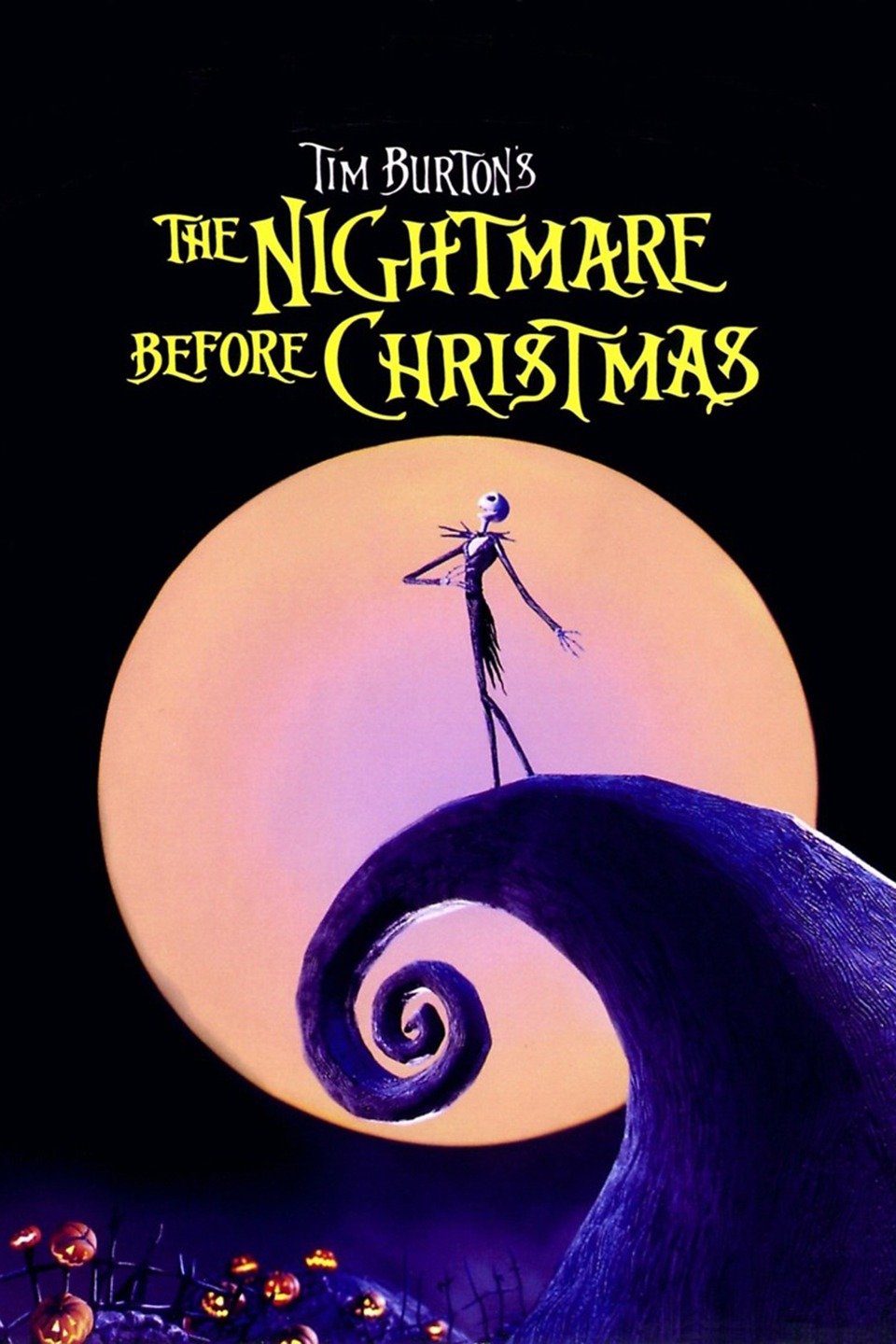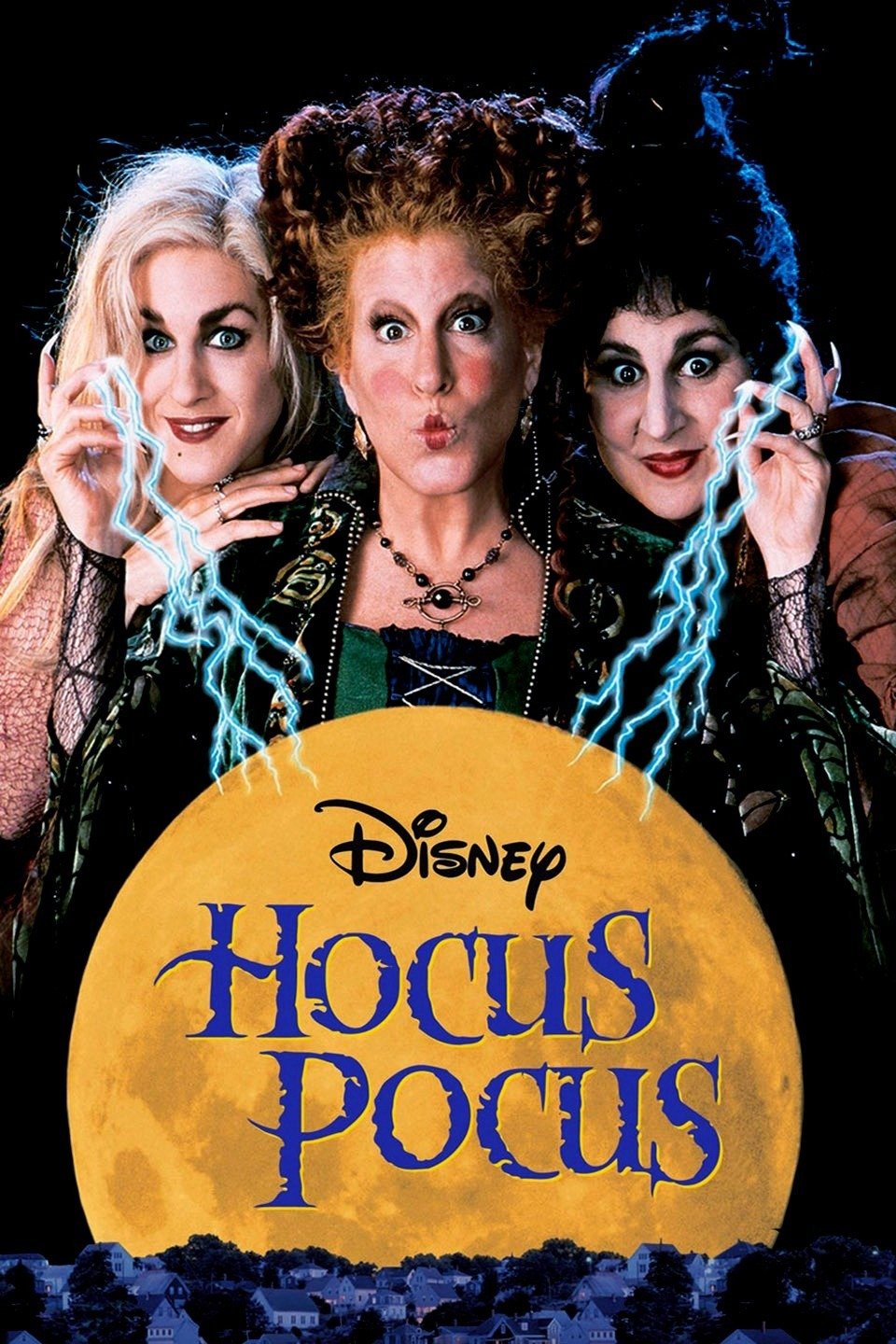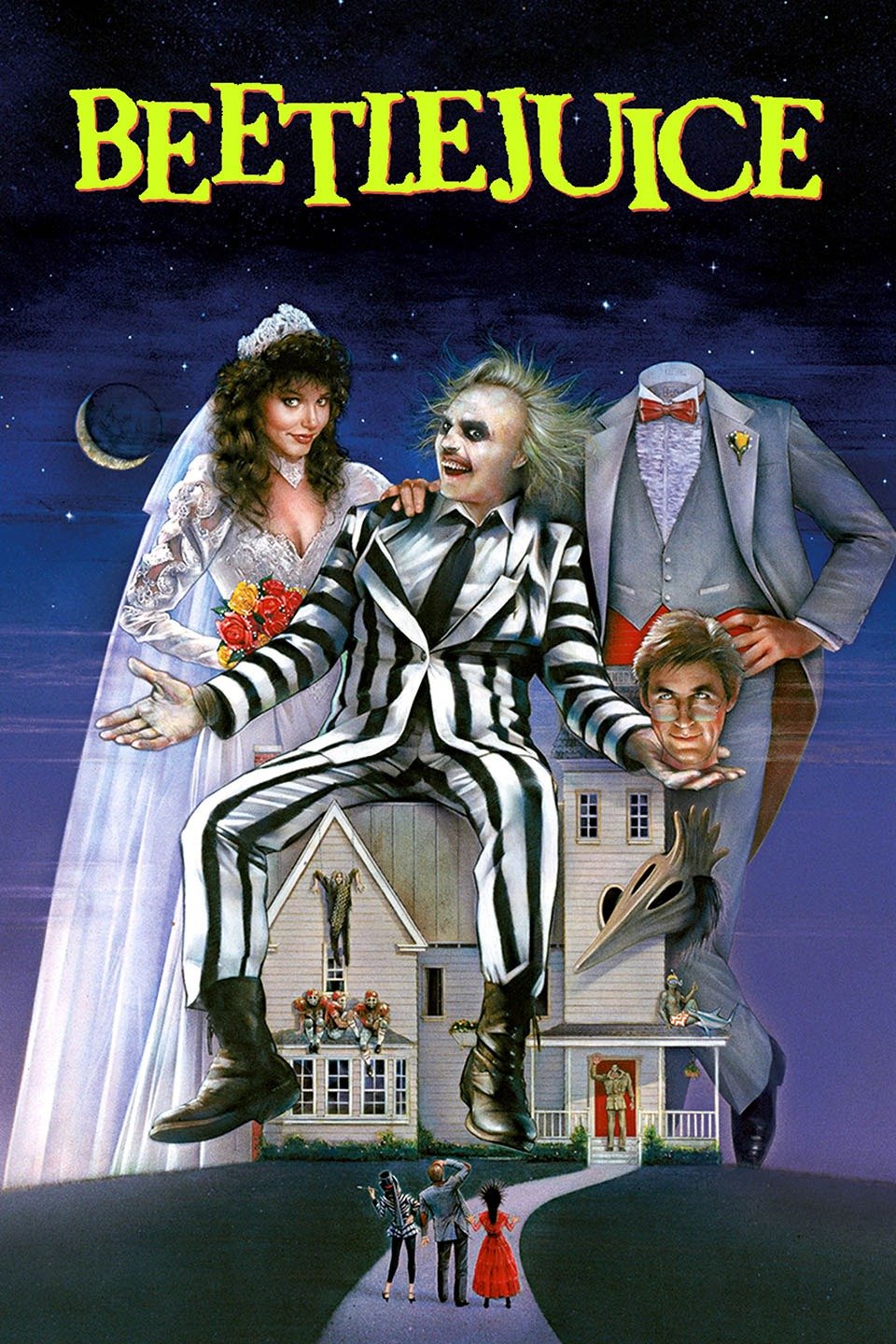Welcome Boys & Ghouls! Lydia here however, this time, I'm not here to talk about Halloween, per say. Now, before you starting 'boo-ing' me - let me break it down. Despite Halloween being a massive event over in America, it's not as popular across the rest of the world and I wanted to explore that.
In this article, I'm going to be sharing with you some of the celebrations that are similar to Halloween - but not quite.
I'd like to thank Alaska for the epic layout!
YUE LAN (Hong Kong)
The Halloween celebration in Hong Kong is known as "Yue Lan" (Festival of the Hungry Ghosts) during this time ghosts are said to roam the Earth for the entire seventh month of the Lunar Calendar - which begins on the 22nd August. The activity is at it's highest on 5th September, halfway into the Lunar Month - this is Yue Lan. After two weeks of wandering, the spirits are starving and restless, making it especially important to feed them on this day to keep them calm. Some people burn pictures of fruit or money at this time, believing these images would reach the spirit world and bring comfort to the ghosts as offerings.
Fires are lit and food and gifts are offered to calm any potentially angry ghosts who might be looking for revenge. Some spirits are believed to simply visit their families for feasting and entertainment. For these, candles and lanterns are said to help them find their way back.
There are believed to be many reasons as to why some may be angry spirits, including: restless spirits not ready to leave the land of the living, people without a proper burial or ones treated badly by their families. Thus, the Ghost Month serves as a reminder of honouring respect. Some activities are also said to bring misfortune among the living such as: disturbing the offerings, swimming (you may get pulled under by the ghost of a drowned person), urinating on a tree (it may disturb the spirit inside the tree), taking photos at night (you may capture a spirit), getting married, leaving your outside door open (a ghost may enter your house) and, ironically, talking about ghosts during their month for it may cause them offence.
The ghost month is said to be celebrated or, at least, acknowledged in some way or another among many Asian countries including: China, Malaysia, Thailand, Cambodia, Japan, Singapore, Vietnam and India.
TENG CHIEH (China)
In China, the festival is known as 'Teng Chieh'. However, there are some differences that Teng Chieh holds differing to how the festival is celebrated in other Asian countries. They similarly light fires to guide on the 'Halloween' night. But, as well, Buddhist worshipers create what are known as 'boats of the law' out of paper, which are then burned in the evening. There are two purposes to this: One, is that is serves as remembrance and the Second is to free the spirits of the "pretas" (unrest) they may be experiencing, thus aiding them to ascend to Heaven. Pretas is typically found in spirits of those who died by or in an accident and so, their bodies were never buried.
In China, the thought of Pretas remaining among the living is said to be dangerous so they typically carry out ceremonies, chanting sacred verses and giving offerings, in hopes of eradicating it.
THE OBON FESTIVAL (Japan)
In Japan, although they know of Western Halloween celebrations, nobody really knows when it is nor just exactly how it is celebrated. Instead, they celebrate the 'Obon Festival' - which is almost, in a way, their version of 'Yue Lan'. The Obon Festival, pronounced 'o-bone' and also known by: 'Matsuri' or 'Urabon', is dedicated to the spirits of ancestors. The "Obon Festival" takes place during July or August. Festivals, food booths, and bon dances can be found in the evening. Previously, many people would wear a yukata, a lightweight cotton kimono, but these days, it is more uncommon. Special foods are prepared and bright red lanterns adorn every nook and cranny. They also light candles, placing them into lanterns, then set them afloat on rivers and seas. Fires are lit every night to guide the ancestors to their families.
Traditionally, now only in rural areas where gravesites are in the neighborhood, the pathway from the graves to the home is swept clean, where a general house-cleaning is also done. Memorial stones are also cleaned. Then, on the 13th, an altar is set up with various food offerings, and "welcoming fires" set in front of the house and along the path to guide the spirits, welcoming them home. Some have even been known to hire a priest to come and chant prayers. On the evening of the 15th "send-off fires" are lit, with the spirits returning to their graves. People who spend Obon away from their ancestral homes, or live in the city, usually just make a little token fire on their veranda or patio.
LA FETE D'HALLOWEEN (France)
Unlike most, the French do not celebrate 'Halloween' to honour the dead and their ancestors. It is, instead, simply referred to as an American holiday that has grown in the country for a number of reasons - with some thought to simply be that they love parties and dressing up (however, I cannot confirm nor deny this). Until 1996, the holiday was pretty much unknown to the country. However, it first appeared in 1982, in a Parisian American Dream bar/restaurant but it may not have worked as well as they thought, having to explain the event to every customer. Companies, like France Télécom, McDonald's, Disney, and Coca Cola, began using pumpkins and other Halloween images and ideas in publicity campaigns, simultaneously increasing French people's knowledge about Halloween and made it seem like another imposition of American culture.
La Fête d'Halloween is usually celebrated by costumed people of all ages going to parties at: friends' homes, restaurants, bars, or clubs. The costumes typically stick to the traditionally "scary" - mummies, ghosts, goblins, witches, and vampires - rather than the cute costumes like princesses and superheroes, which are popular in the US. Trick-or-treating is extremely rare; when it does exist, it is from store-to-store and not homes.
However, Halloween in France is rather controversial, due to the perception of corporate and cultural influence, plus the fact that it is not a typical French holiday with some still not understanding what is being celebrated. Because Halloween is seen as an American celebration, some French people refuse to enjoy it, having decided to include it in their anti-American boycott.
It's too early to tell whether Halloween will develop into a long-term tradition or just a fad but at least, for now, some of the French shall be partying hard right about now.
DIA DE LOS MUERTOS (Mexico + Spain)
More recently, 'Dia de los Muertos' has become increasingly familiar to people, though, some still may not understand what the 'Day of the Dead' is truly about or may only know the event for its colourful sugar skulls. In Latin Countries, Dia de los Muertos is a day of honouring deceased ancestors and loved ones - similarly to origins of other 'Halloween' events.
On 2nd November, Latin countries celebrate 'All Souls' Day' - a three-day celebration that begins on the 31st October. It is believed that the spirits of the dead shall return to their Earthly homes upon the day of Halloween. Many shall construct altars to the deceased in their homes, honouring them, decorating it with: sweets, flowers, photographs, their favourite foods and drinks, as well as fresh water. Often, a wash basin and towel is even left out for the spirit to wash before feasting.
Similarly to Asian celebrations, candles and incense are burned to guide the spirits home and the gravesites of the deceased are cleaned and repaired by relatives. The grave is then decorated with flowers, wreaths or paper streamers. On All Souls' Day, relatives shall gather at the site to share a picnic and reminisce together. The foods of the picnic typically consist of spicy meat dishes, battered breads and an abundance of sweets - such as the well-known, sugar skulls. Some gatherings have even included tequila and a mariachi band. Unlike many celebrations - and most similarly to celebrations in Japan - Dia de los Muertos is not a celebration to fear superstitions or revenge of 'bad spirits' and is, rather, a joyous and happy celebration - celebrating the life of the deceased and the good impact upon their relatives.
In villages, parades are also held with people dressing as skeletons and dancing in the streets. Sometimes, a live person is placed into a coffin and carried through the street whilst items, such as fruit, flowers and sweets, are tossed into the casket. At home, "bread of the dead" is passed around. Inside the loaves are sugar skeletons or other death motifs. If the skeleton is embossed with your name on, it is said to be even more prized. Families shall also attend Church with candle-lit ceremonies, offering prayers.
~
Thank you for reading ! I hope you all learned something new - which of the events is the one that interested you the most? Tell me in the comments below!
Before you all go, I also wanted to hint that, if you found this article interesting, this weekend there shall be another article about the British celebration of 'Guy Fawkes Day' aka 'Bonfire Night'. Although we celebrate Halloween, it is not very large and is more simply for the parties and the sweets. Instead, we celebrate Bonfire Night and I wanted to share it all with you!
I hope you all look forward to it.

 To react to the daily news you need to be logged in.
To react to the daily news you need to be logged in.










